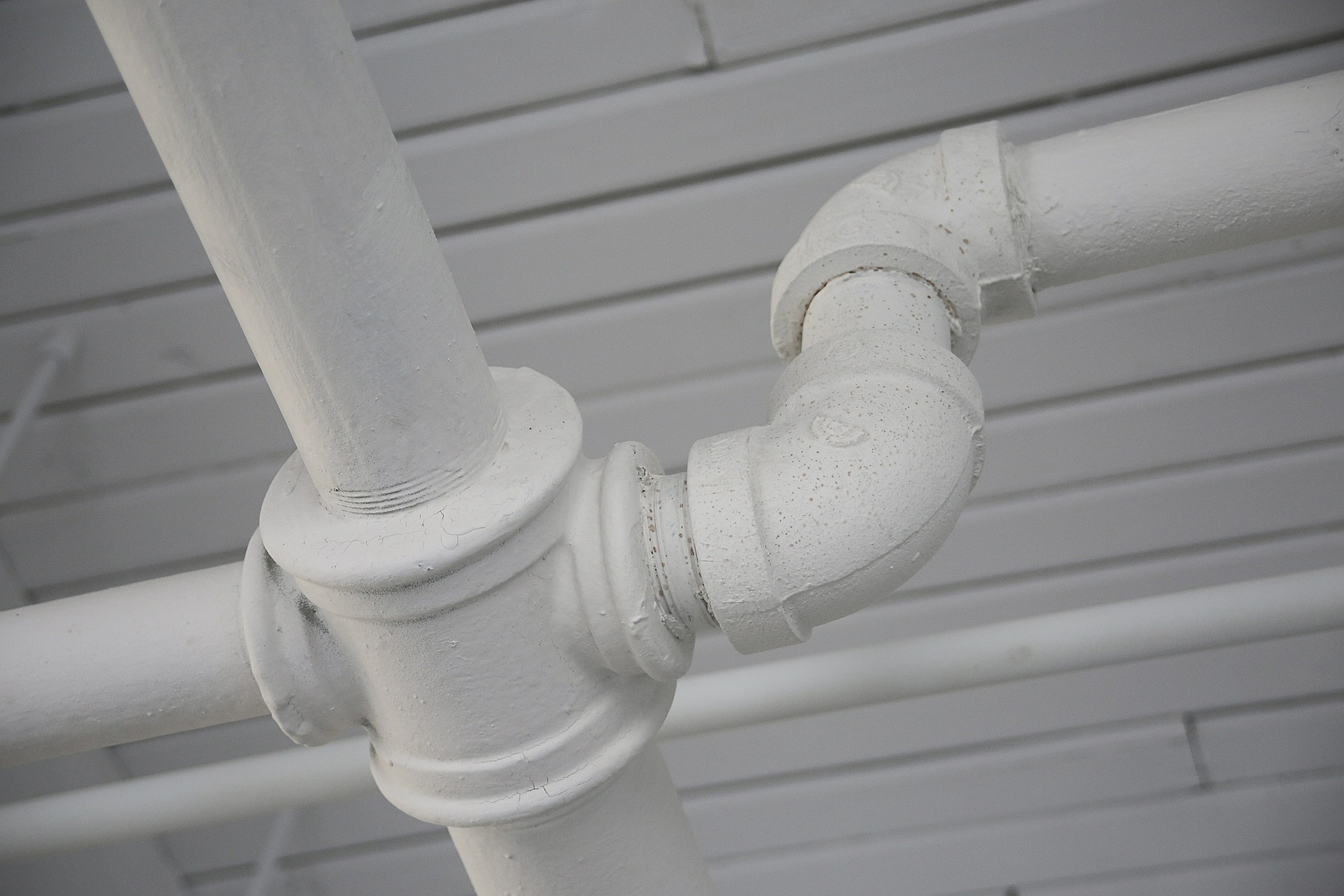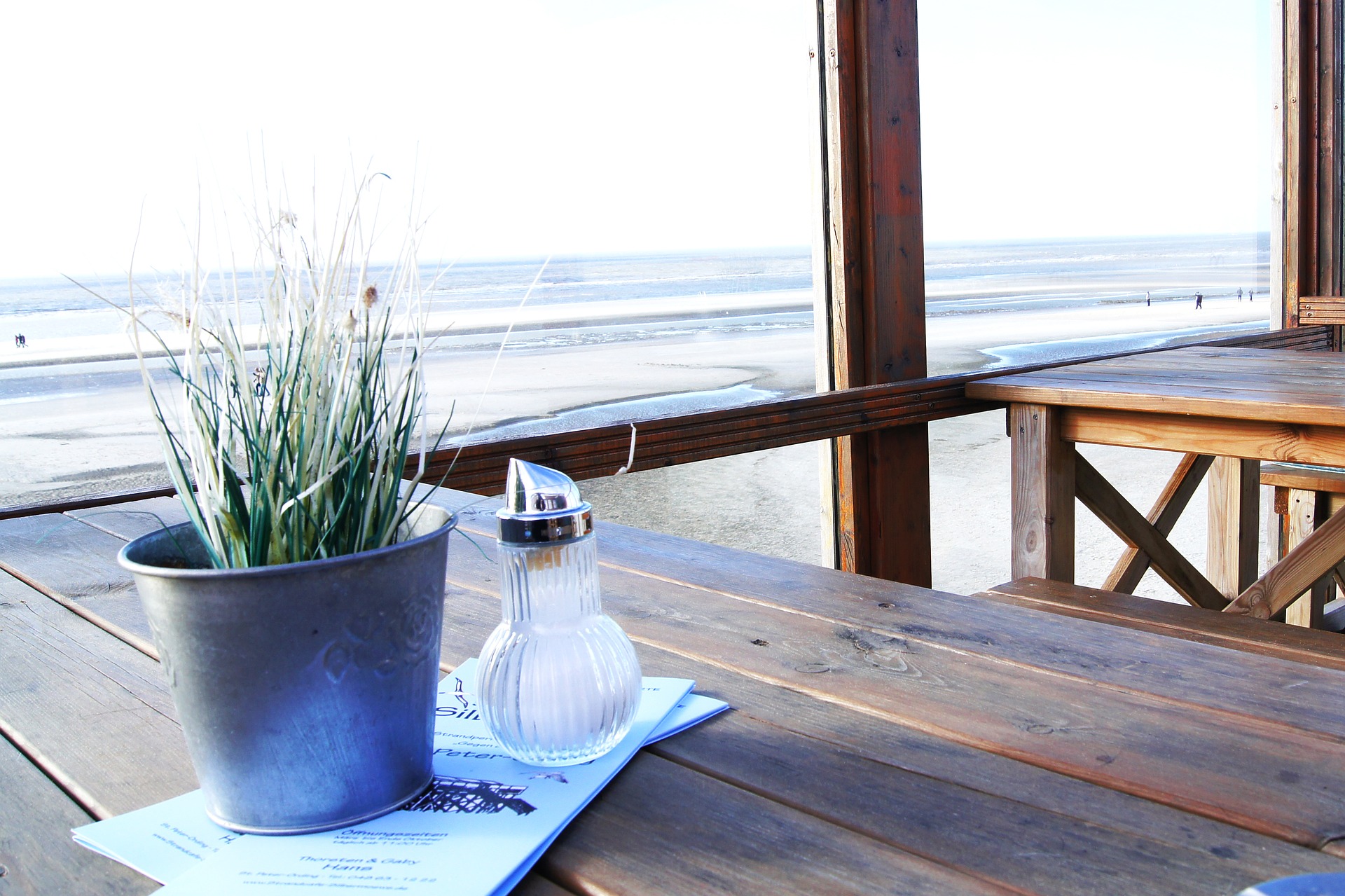Home insurance is a must-have for homeowners who want to protect their investment, and it’s usually required if you have a mortgage. But having home insurance doesn’t mean you’re covered against all problems that can damage your house or drain your savings.
Mold strikes fear into the hearts of those who’ve heard horror stories about toxic mold, expensive mold remediation, and denied home owners insurance claims.
When it comes to mold, even the best home insurance policies may not cover all the different aspects of this dangerous substance.
Whether mold damage is covered by home owners insurance often comes down to the source of that moisture. So here’s a breakdown of what is (and isn’t) covered on your Florida home insurance relating to mold.

When Is Mold Damage Covered?
Most basic home owners insurance policies exclude coverage of damage caused by mold, fungi, and bacteria itself, but that doesn’t mean a mold claim will be denied automatically.
In most cases, if mold results from a sudden and accidental covered peril, such as a pipe bursting, the cost of remediation should be covered. That’s because technically the pipe burst is the reason for the claim, not the mold itself.
Claims are more likely to be rejected if mold is caused by neglected home maintenance: long-term exposure to humidity, or repeated water leaks and seepage.
Other than these kinds of water sources, though, the odds of your policy covering your water source are slim.Remember to make sure to investigate to make sure your pipes were in proper working order and that there were no failures or defects; finding this kind of water damage source may be the only way you can get coverage.
Even if your insurance does cover some water damage, many companies now explicitly limiting or completely excluding coverage that is mold-related damage, regardless of the source.
Be sure to read your homeowners policy every year, because providers are starting to trim their mold endorsements.
A smart idea is to have an annual policy review of all of your insurance policies, and we can sit with yo to answer questions that you might have regarding your coverage needs.
What’s Not Covered by Home Insurance?
Remember that the source of the mold will always be the question to answer regarding the mold being covered. Some examples of areas where a mold claim would be denied are:
Floods
Flooding like those we experienced during last years hurricane season — are not covered by home insurance. For that, look into buying flood insurance.
Negligence
Home insurers won’t pay to fix mold damage if it’s caused by water associated with long-term leaks, poor home maintenance or construction defects that were neglected.
Normal Wear & Tear
Home insurance is meant for sudden or accidental problems such as storms, burglaries and fires — but not as a cure-all for general wear and tear. You’re expected to perform basic maintenance to keep your home from slipping into disrepair.
Maintaining your home’s roof and exterior, replacing worn-out flooring and tending to slow-leaking pipes are examples of things you should handle yourself over time.
Conclusion
If you already have coverage, talk to your insurer about potential problems that aren’t covered by your policy that concern you. You may be able to add endorsements — add-ons that will cost extra — to get more protection.





